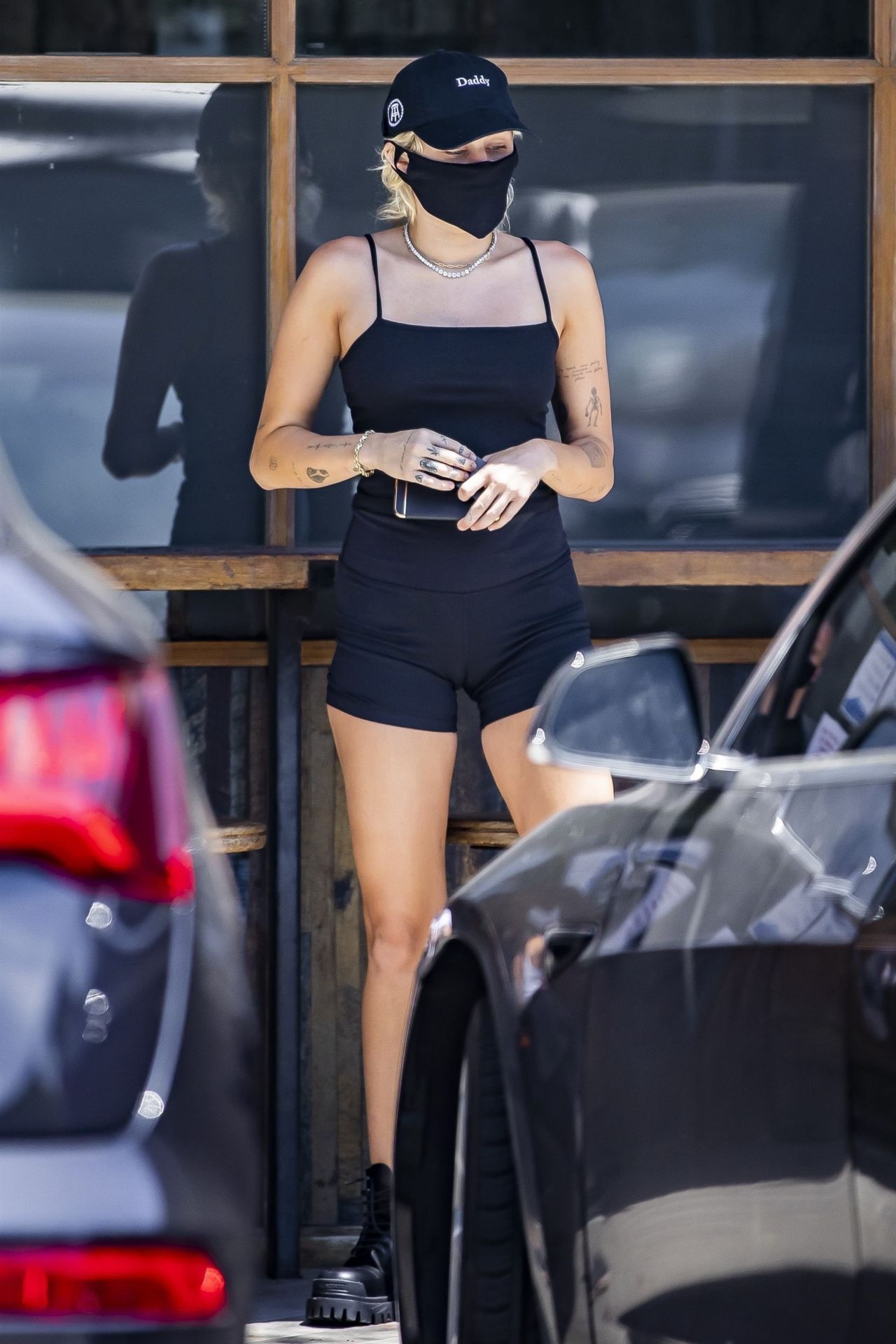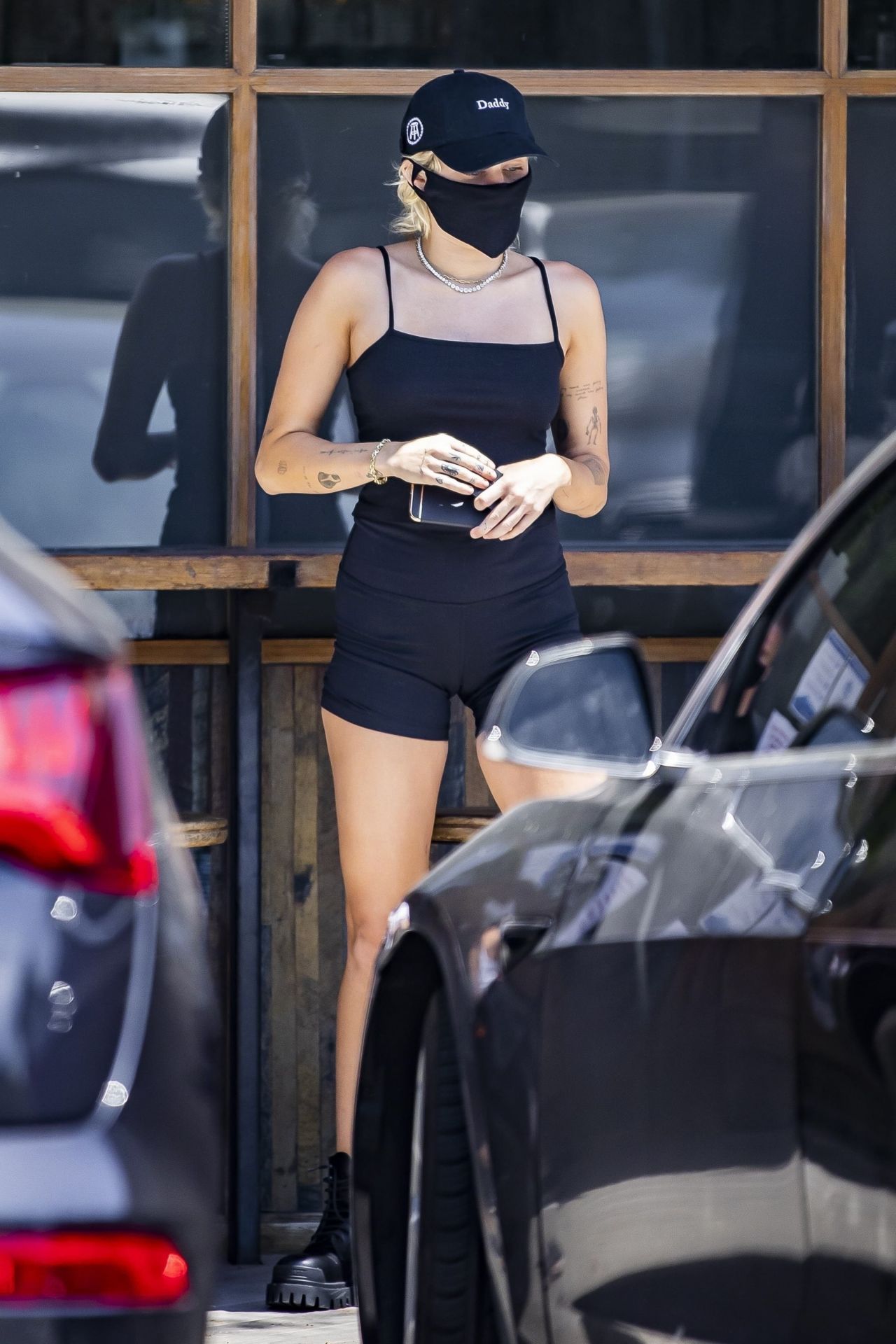Miley Cyrus has always been one of pop culture’s most unpredictable and fascinating stars, a woman who has spent nearly two decades reinventing herself before the world’s eyes. From her Disney Channel beginnings as Hannah Montana to her rebellious Bangerz era, to the raw honesty of Plastic Hearts and the global success of Flowers, she has never stopped pushing boundaries. Now, in 2025, Cyrus stands at another remarkable turning point in her career with the release of her highly ambitious project Something Beautiful, a visual album that has already captured the attention of critics and fans worldwide. As the dust begins to settle on this latest triumph, the question naturally arises: what comes next for one of the most compelling entertainers of her generation?



Something Beautiful is not just another album. It represents the culmination of years of artistic evolution, a moment where Cyrus has fused her passion for music, cinema, and fashion into a single immersive experience. Released at the end of May 2025, the album immediately made waves for its bold experimentation, blending pop opera with disco, jazz-rock, and ethereal ballads. But what has truly set it apart is the accompanying film, which premiered at the Tribeca Film Festival and has since been praised as a visually stunning exploration of identity, healing, and self-expression. Unlike traditional music videos strung together to promote an album, this project functions as a complete cinematic statement, underscoring Cyrus’s determination to control her narrative and express her art on her own terms.



The project’s rollout has also showcased Cyrus’s ability to command attention without the typical trappings of a pop campaign. Singles like “End of the World,” with its Europop and disco flair, and “More to Lose,” accompanied by a striking music video she co-directed, demonstrated her confidence in pushing creative boundaries. Collaborations with icons like Naomi Campbell and Brittany Howard further elevated the album’s prestige, reinforcing that Cyrus is not only relevant but also deeply respected within the artistic community. At this stage in her career, she is less interested in following trends and more committed to creating them, a fact that makes her trajectory even more intriguing.


But while many artists would immediately embark on a massive tour to capitalize on the momentum of such a project, Cyrus has made it clear that she has no intention of returning to the grueling life of stadium tours. In recent interviews, she has been candid about the emotional and mental toll that touring can take, particularly when it comes to maintaining sobriety, stability, and peace of mind. She has explained that while she has the physical ability and opportunity to tour, she no longer feels the desire to put herself through a cycle that could disrupt her hard-earned balance. For fans who remember the intensity of her past tours, this honesty reflects a new stage of maturity in her life and career, where self-preservation and artistry matter more than commercial expectations.
This decision, far from signaling a retreat, demonstrates Cyrus’s growing commitment to redefining what it means to be a modern superstar. By focusing on visual projects, selective performances, and unique collaborations, she is rewriting the rules of how a global artist can engage with fans in the digital era. Music consumption has shifted dramatically, with streaming platforms and social media offering artists new ways to connect without the need for exhaustive touring schedules. Cyrus is leaning into this reality, finding innovative ways to bring her art directly to audiences in formats that feel sustainable and meaningful.



Her collaboration with stylist Bradley Kenneth has also added a fashion-forward dimension to this latest chapter. By incorporating archival couture pieces from designers such as Thierry Mugler, Jean Paul Gaultier, and Bob Mackie, Cyrus has transformed her visuals into an exploration of history and identity. Fashion has always been a core part of her artistry, from the provocative costumes of her Bangerz era to the rock-inspired looks of Plastic Hearts, but Something Beautiful elevates this further, intertwining sound, image, and style into a seamless expression of who she is today. For Cyrus, every performance and every look tells a story, and in 2025 she is making sure those stories are as layered and thought-provoking as the music itself.



Looking ahead, fans are curious about what Miley Cyrus might pursue next, and the possibilities are vast. Given the scope of Something Beautiful, it is easy to imagine her expanding further into filmmaking, whether through future visual albums or even standalone film projects. Her co-directorial role in the companion film has earned praise, and it is clear she has both the vision and the appetite to explore storytelling beyond the recording studio. With Hollywood increasingly embracing crossover projects that blend music, film, and fashion, Cyrus is perfectly positioned to become one of the most influential multi-disciplinary artists of her generation.



There is also the question of collaborations, which have always been a hallmark of her career. From her unforgettable pairing with Dolly Parton to recent projects featuring contemporary artists, Cyrus has never shied away from partnerships that broaden her horizons. The critical acclaim surrounding Something Beautiful could open the door for even more daring alliances, potentially with directors, visual artists, or unexpected musical figures who share her appetite for experimentation. As streaming platforms and festivals continue to blur the lines between art forms, Cyrus could emerge as a leader in creating cross-genre and cross-medium experiences that set new standards for popular culture.



At the same time, Miley’s personal life and wellness remain central to her future. Since being open about her journey with sobriety and her commitment to mental health, she has been refreshingly honest about prioritizing stability over spectacle. This authenticity resonates deeply with fans who value her vulnerability as much as her music. By choosing not to tour, by focusing on sustainable forms of creativity, and by openly discussing her limits, Cyrus has become a role model for balance in an industry that often glorifies burnout. In an era when more artists are speaking out about mental health, her stance feels not only relevant but essential.



Recognition for her contributions is also arriving in new ways. Being named among the Hollywood Walk of Fame’s Class of 2026 is a milestone that cements her legacy, honoring not just her chart-topping hits but her enduring influence on pop culture. It is a reminder that even as she continues to evolve, her impact is already secure. This acknowledgment, combined with the critical success of her latest work, suggests that the next phase of her career will be defined less by proving herself and more by exploring what truly inspires her.


In 2025, Miley Cyrus is not merely riding the wave of recent hits; she is actively reshaping the landscape of what it means to be a global superstar. Something Beautiful has shown that she can command attention without following the traditional playbook, and her refusal to tour underscores her commitment to personal well-being over industry norms. What comes next is likely to be equally bold, whether it’s new films, groundbreaking collaborations, or even more ambitious multimedia projects. What is certain is that Cyrus will continue to defy expectations, staying true to her voice while inspiring millions who see her as both an icon and a human being navigating life in real time. Her story is far from finished, and in many ways, it feels like she is just beginning the most exciting chapter yet.










